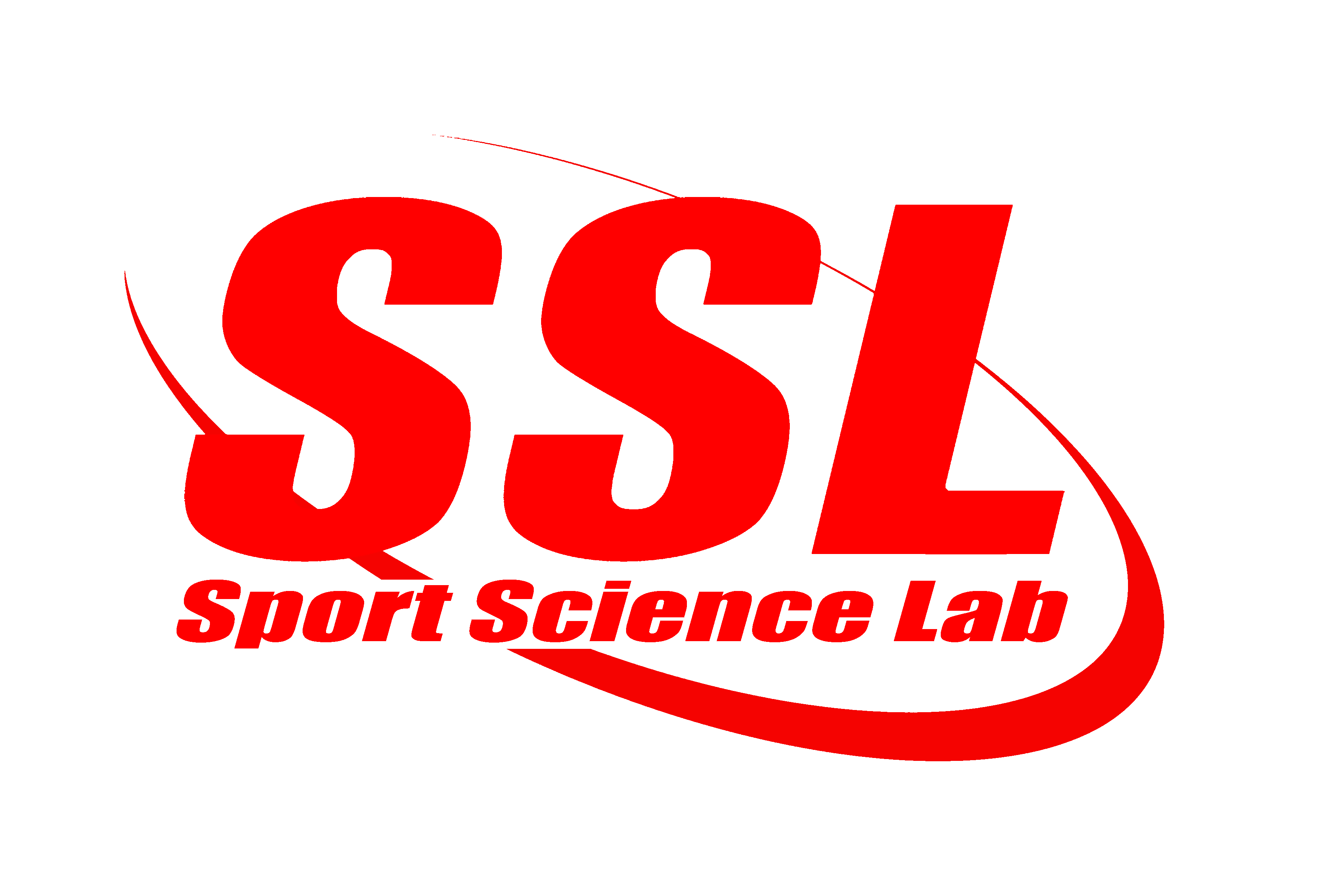Ballwork
The role of the core in terms of performance, rehabilitation and injury prevention has been well documented. An athlete should be able to move the limbs to and from the center of the body, while the trunk (proximal part of the body) is stabilized. Simply put, athletes need proximal stability for more effective distal mobility. It is believed that co-contraction of the deep muscles of the abdomen, back and pelvic floor as well as the diaphragm ("the core") should stabilize the trunk in a manner that does not restrict movement or breathing. Currently, the majority of literature revolves around pre-bracing "the core" in order to achieve proximal stability. Conventional core strengthening exercises are therefore often static in nature and the limbs are not moved through the full range of motion while the core is braced. These exercises are also done at a slow pace. Naturally, this does not simulate the majority of general and sport specific movements.
At SSL we believe that proximal stability is achieved by what is known as tensegrity (tension + integrity). All humans have a spine with muscles that operate around it to control movement and body posture and generate forces that stiffen the spine. In essence, we have a three dimensional movement system that controls the spine in space. Tension therefore is created by moving the limbs to and from the body. In a high load situation co-activation of this 3D movement system together with intra-abdominal pressure stiffen and protect the spine. Proximal stability should also be trained to stabilize and control movement at the speed at which the athlete will perform his/her sport. The SSL Ball Program is therefore a dynamic strengthening program that challenges proximal stability by moving the trunk and/or limbs in functional movement patterns, at speeds and in ranges at which athletic movements occur.





